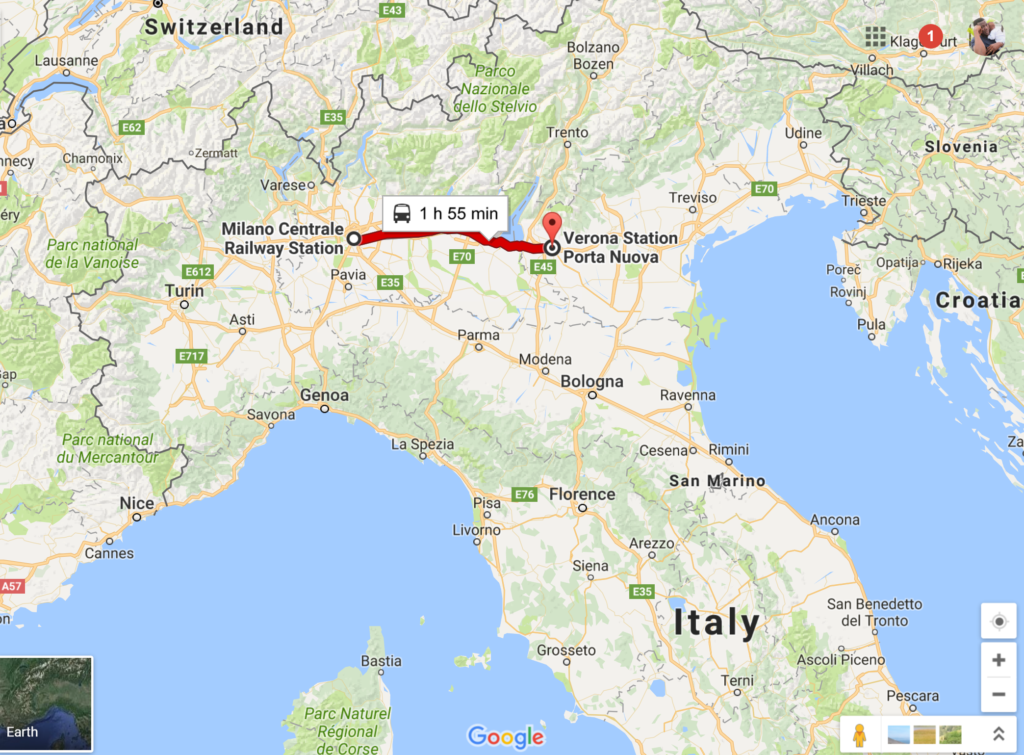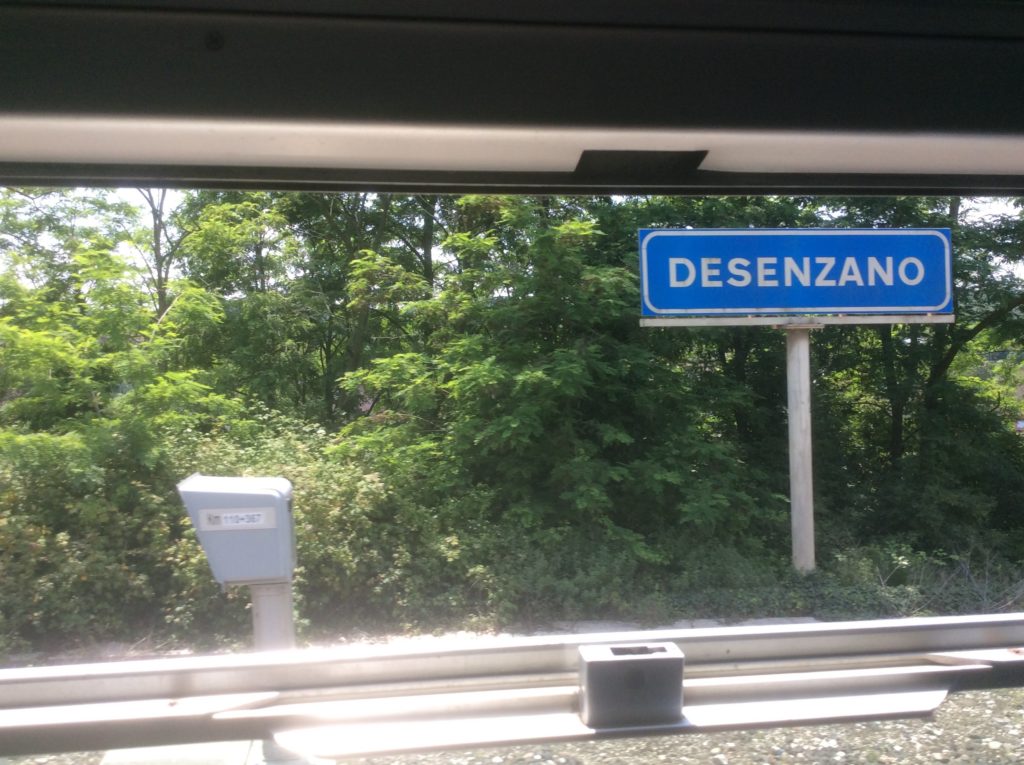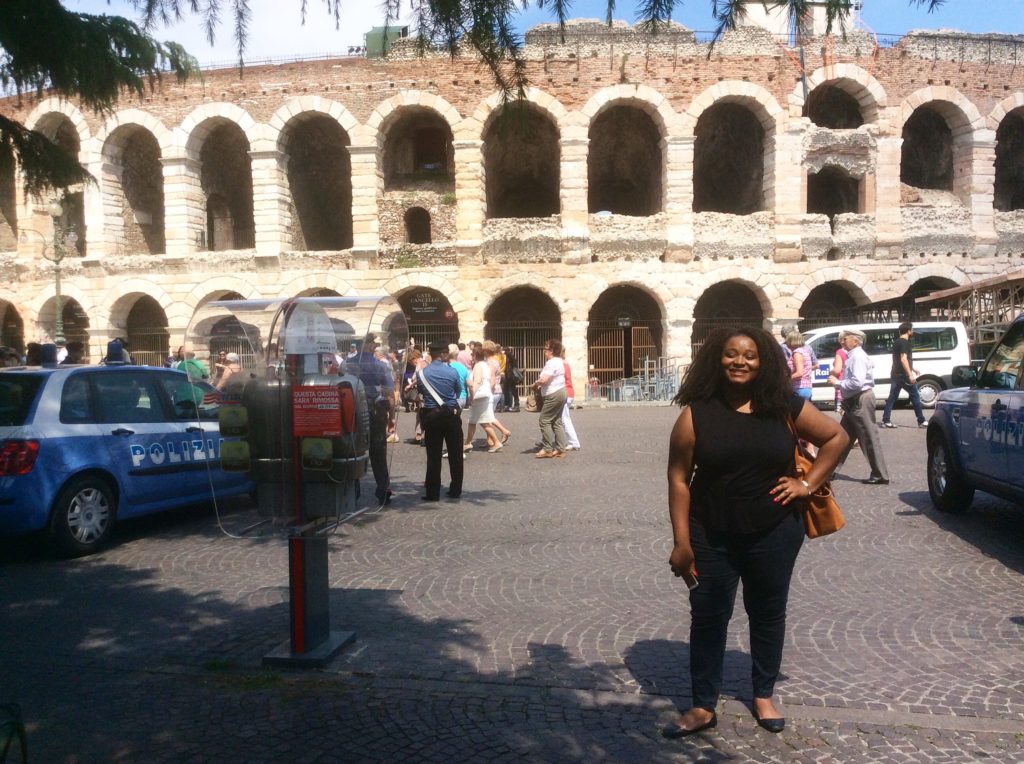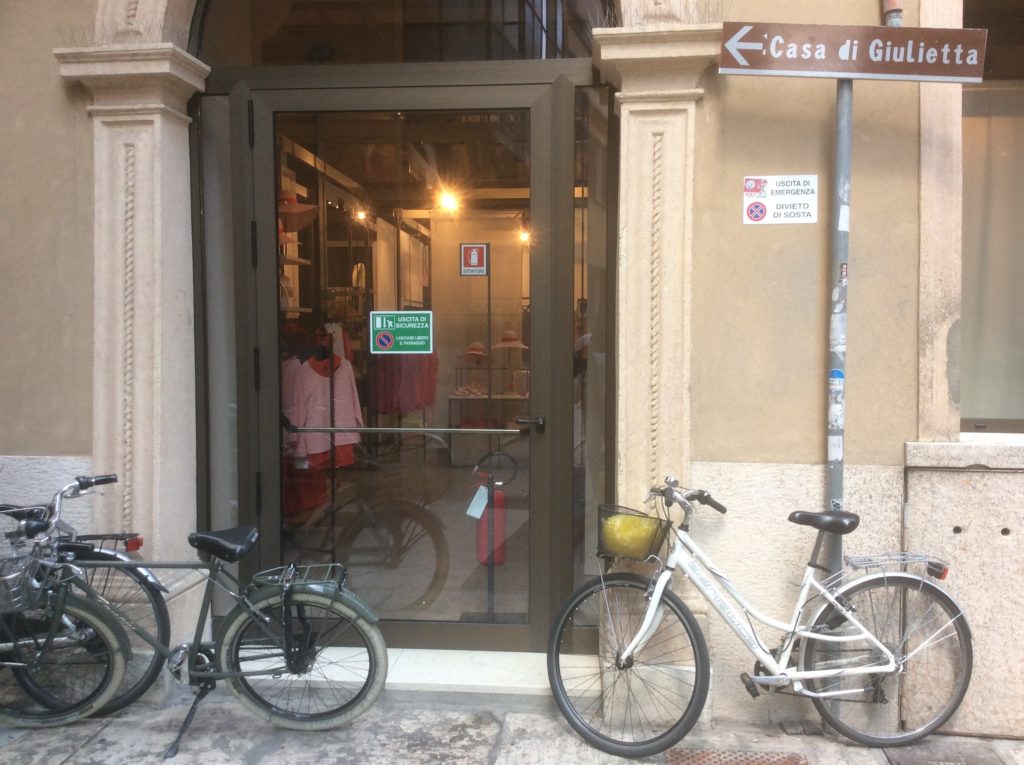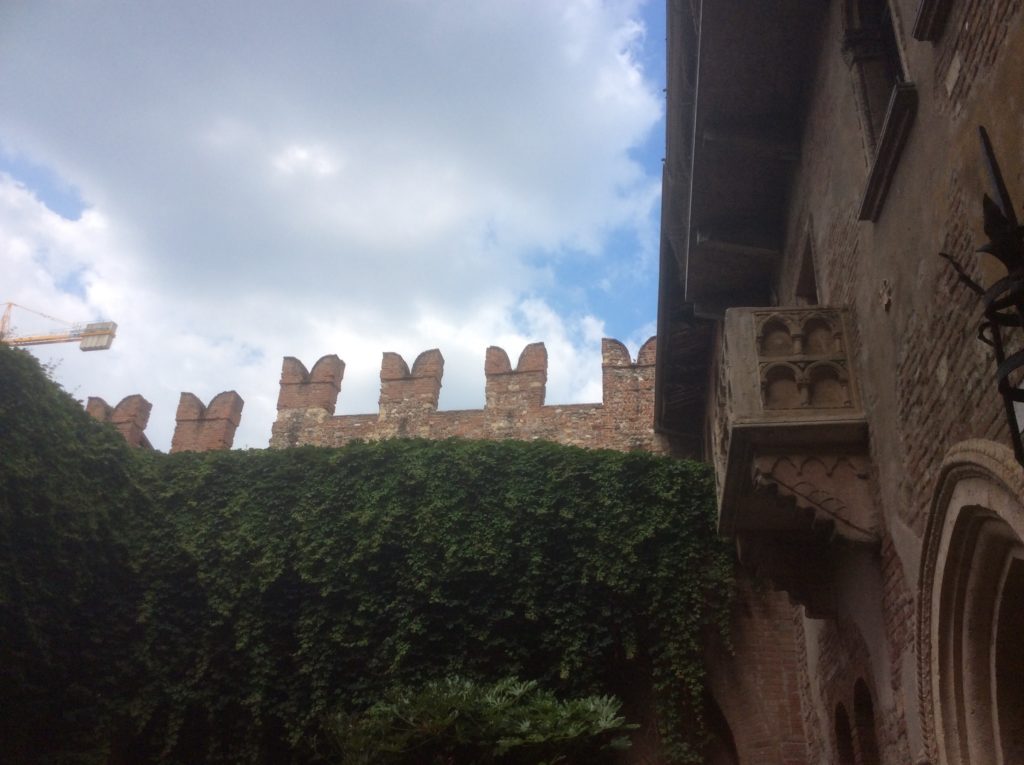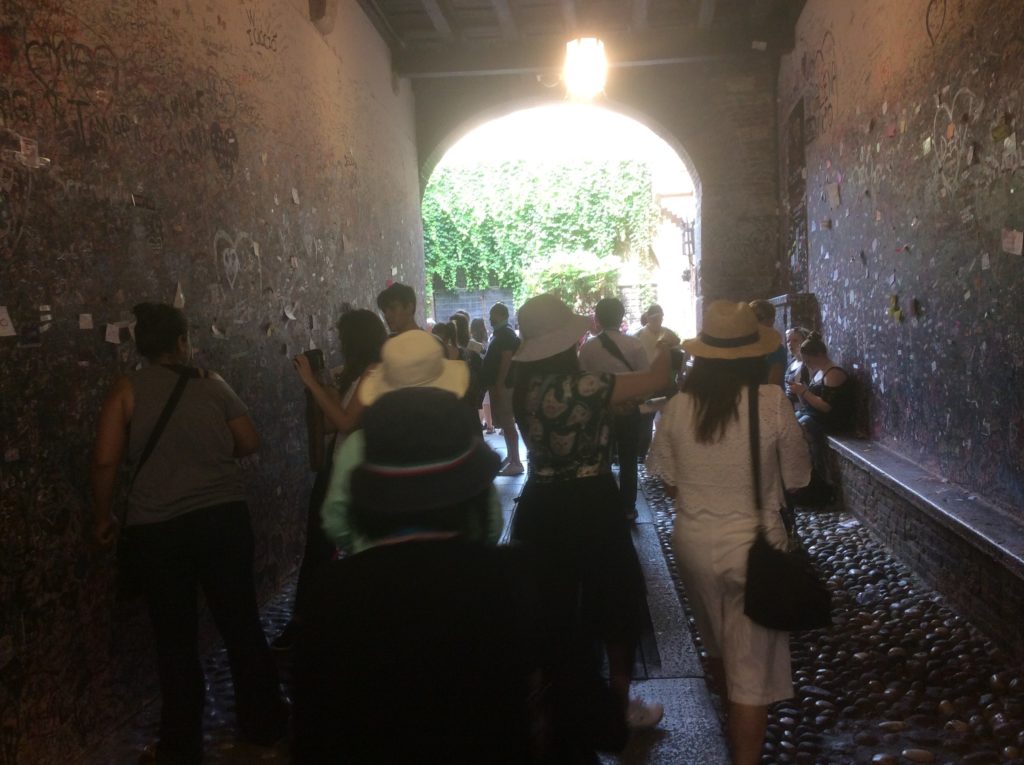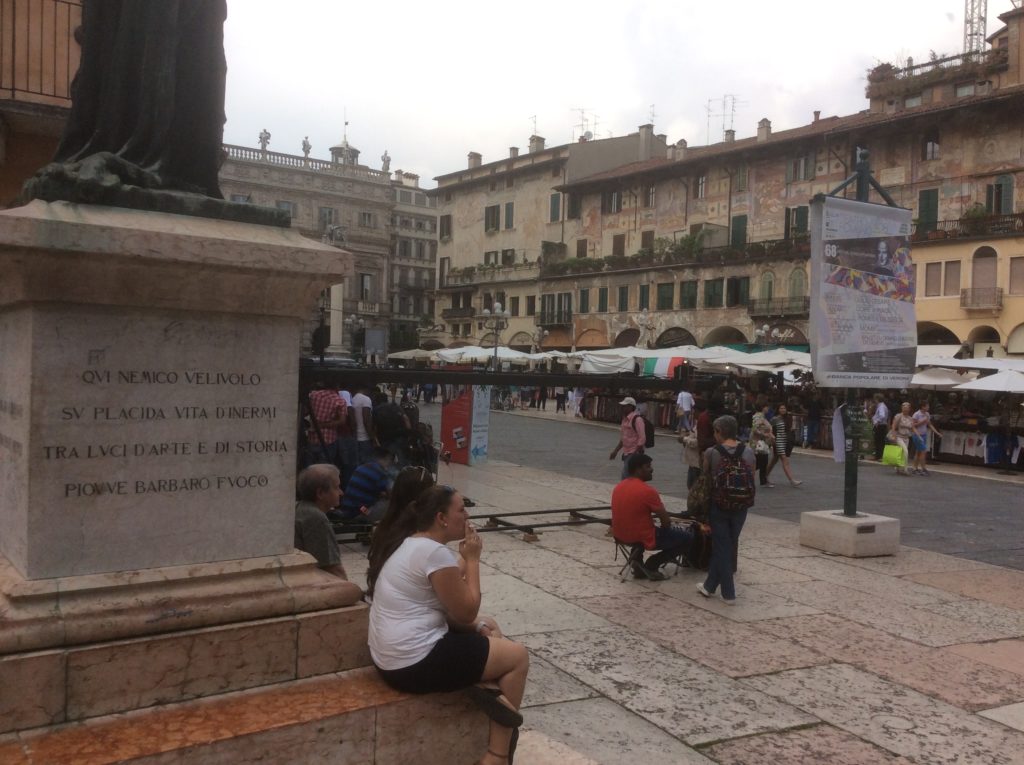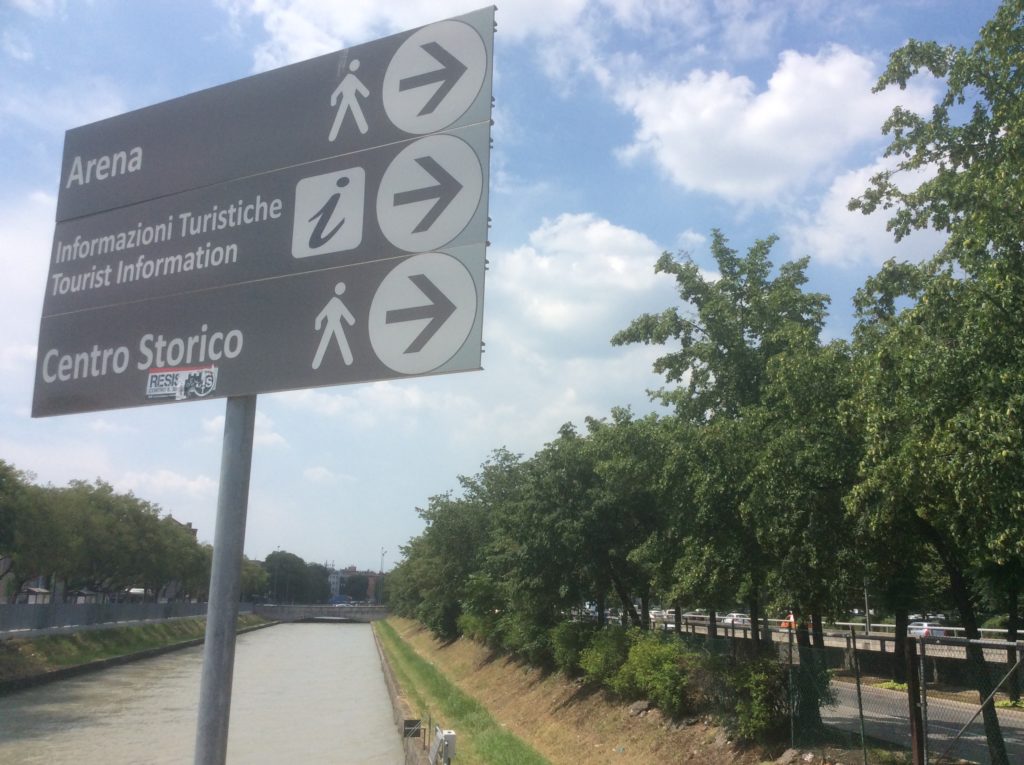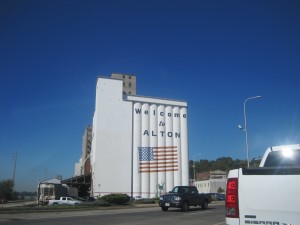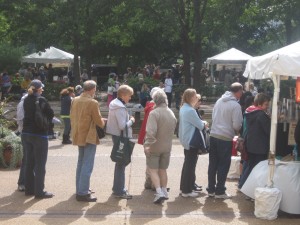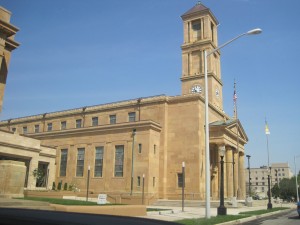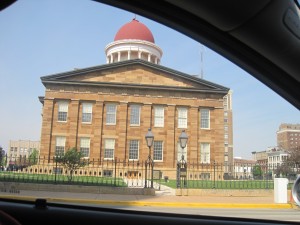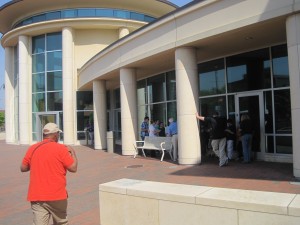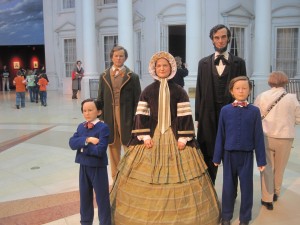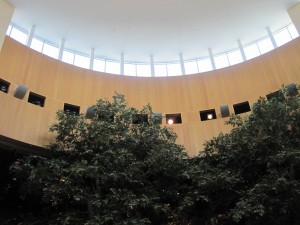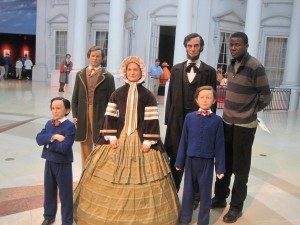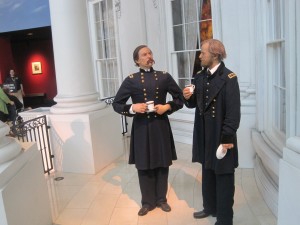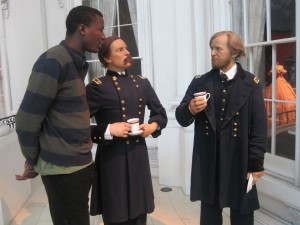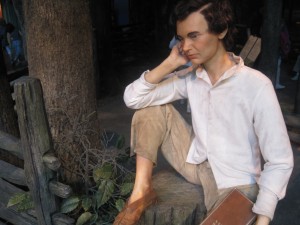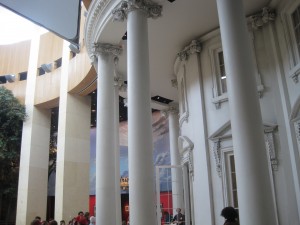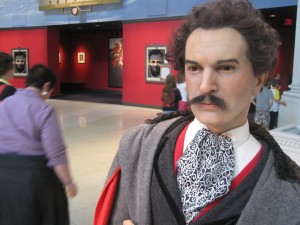I realized, while fielding interview questions recently, that unless someone reads this blog from beginning to end, or have someone guiding them, they will have trouble locating all the travel pieces I have written over the years. So I’m creating this page as a guide to the places I’ve been and my thoughts on them. The cities are listed alphabetically. I will endeavour to update it as necessary.
Abẹ́òkuta
- Visiting Abẹ́òkuta (April 11, 2014)
- The Church at Abẹ́òkuta (April 14, 2014)
- Abẹ́òkuta’s Living History (April 16, 2014)
Abu Dhabi
- A Walk to the Zayed Mosque (April 23, 2017)
Abuja
- Abuja National Mosque (July 16, 2010)
Boston
- By Road (August 16, 2009)
Cahokia (November 21, 2009)
- Our First Chicago Night (November 14, 2009)
- Spotting Nigerians (August 3, 2011)
- International Institute & Other Sights
Edwardsville
- The Blood Fiasco
- The Blood Bank (December 4, 2009)
- The Blood Bank: Two Years After (September 28, 2011)
- Events
- Our Berlin Wall (November 9, 2009, November 11, 2009)
- Staging the African-American Experience (review) (May 29, 2014)
- People
- Maya Angelou
- Waiting For Maya (October 2, 2009)
- Six Degrees of Separation (October 4, 2009)
- Meeting the Phenomenal Woman (October 5, 2009)
- Paula Varsavsky (February 21, 2010)
- Maya Angelou
Fulton, Missouri
- At Westminster College (November 27, 2010)
- More photos from Fulton (November 28, 2010)
Glen Carbon
- Glen Carbon Centennial Library (April 21, 2010)
- The Best Small Library In America (travel piece in 234Next) (May 20, 2010)
Hannibal
- I Went to Hannibal (October 29, 2010)
- Mark Twain Boyhood Home and Museum (October 30, 2010)
- Photos (November 3, 2010)
Highlands
- In Redneck Country (July 29, 2011)
Ìbàdàn
- A Visit to the Old School (May 29, 2010)
- The Cross and the Crescent (August 16, 2010)
- At Agodi Gardens (December 29, 2014)
- Of Hills, Towers, and Neglect (July 6, 2016)
Iowa
- Islam in America (October 17, 2010)
- Iowa Sights (June 24, 2012)
- Memories of Iowa (June 27, 2012)
Ifẹ̀
- Morning in Ifẹ̀ (July 8th, 2010)
- Conversations Around the Country: Ifẹ̀ (July 28th, 2010)
- Coronation Colours (December 9th, 2015)
- On the Demise of Decorum (December 12, 2015)
- Fireworks at Ifẹ̀ Grand Resorts (December 12th, 2015)
Ìlọrin
- Ìlọrin (July 10, 2010)
- Ìlọrin National Museum (July 12, 2010)
Ìkọgọ̀sì
- Visiting Ikogosi (April 8, 2013)
Jos
- A Lunch in Jos (July 22, 2010)
Kaduna
- South to North Notes (July 12, 2010)
- Footloose in Kaduna (July 15, 2010)
- Bargaining, Hausa Style (July 17, 2010)
Kansas City
- Barbecue Kansas (November 28, 2010)
- World War I Museum and Memorial (November 29, 2010)
Korea
- Lunch at Beomosa (February 1, 2018)
- My Korean Nostalgia (February 9, 2018)
- At the DMZ (February 15, 2018)
Lagos
- Parks and Recreation
- Atican Beach Resort (October 28, 2013)
- Project Space, Bádóre (November 11, 2013)
- The Murtala Cenotaph (June 5, 2014)
- Lagos by Speedboat (June 10, 2014)
- Visiting Inagbe (June 13, 2014)
- A Walk from Iga Idungaran (August 3, 2014)
- A Wasting Treasure at the LCC (November 1, 2015)
- At Lufasi Park, Lekki (March 30, 2016)
- People and Features
- The LAWMA sweeper (June 28, 2010)
- On the Third Mainland Bridge (July 24, 2010)
- A Day in the Life (October 22nd, 2012)
- Meeting Nike Davis-Okundaye (November 30, 2012)
- Lagos Morning Surprise (May 13th, 2013)
- The Emptying Vessels of Lagos (September 21, 2015)
- Jakande Unclothed (October 11, 2016)
- The Lagos Airport
- Bribery and Corruption (August 28, 2012)
- New Renovations (June 8, 2014)
- History
- Badagry
- Photos: June 8, 2010
- More Photos: June 11, 2010
- Lessons on a Tour of Badagry (June 20, 2010)
- On Slavery Museums (June 25)
- Kalakuta Museum (December 16, 2013)
- Badagry
- Journalistic piece on Ìlọ́jọ̀ Bar/Ọláìyá House Demolition
- Sacrilege at Ìlọ́jọ̀ Bar (September 17, 2016)
- Visiting the Demolition Site (September 18, 2016)
- Photos of the Demolition (September 19, 2016)
- Video of the Demolition (September 20, 2016)
- Demolishing History (September 25, 2016) published in syndication with The Guardian and Premium Times.
- A Tragedy of Confusing Interests (October 2, 2016) published in syndication with The Guardian and Premium Times.
- A Failure All Around, (October 3, 2016) published in syndication with The Guardian and Premium Times.
Maryland
- Olney and Pounded Yam (December 18, 2009)
Minneapolis
- Minneapolis (January 2, 2012)
Nairobi
- At Strathmore School (October 18, 2015)
Ostana
- The Herdsmen of Ostana (June 16, 2016)
- Meeting Pablo (July 15, 2016)
Random
- I Flew for 24 Hours (August 13, 2009)
- Heading Eastwards (September 23, 2009)
- Of Townships and Ownerships (December 23, 2009)
- Desertification (June 1, 2010)
- Food
- A Soup and a Yam (November 25, 2009)
- For Clarissa (June 5, 2010)
- The Pleasure of Swallowing (December 19, 2010)
- Mapping the Country (October 12, 2010)
- Men on the Road (November 26, 2010)
- On Miles of Open Road (November 27, 2010)
- A World Without Borders (September 2, 2011)
- Touring America (August 13, 2015)
Springfield
St. Louis (Missouri)
- The Gateway Arch
- Defying Gravity (November 23, 2009)
- Gateway to the West (November 24, 2009)
- Up in the Arch Again (November 13, 2010)
- At the Cathedral Basilica
- Art at the Pulitzer (October 23, 2010)
- At the City Museum (March 13, 2010)
- Mardi Gras (February 13, 2010)
- At Scott Joplin’s House (October 24, 2010)
Turin (Italy)
- A Day in Turin (August 3, 2016)
- Through Crocetta (August 6, 2016)
- Photos from the Egyptian Musuem (August 8, 2016)
Verona (September 12, 2016)
Washington DC
- I Was Very Close! (December 9, 2010)
- Washington DC on Foot (December 9, 2010)
- The Nation’s Capital: Photos (December 10, 2010)
- National World War II Memorial (December 10, 2010)
- Howard University (December 15, 2009)
Wales
- A Night in Wales: Bilingualism in Britain (February 29, 2016)
- A Night in Wales: Pursuing the ‘English Not’ (March 4, 2016)
Zaria
- Photos and short commentary (July 19, 2010)
- The Church at Wusasa (November 7, 2010)
